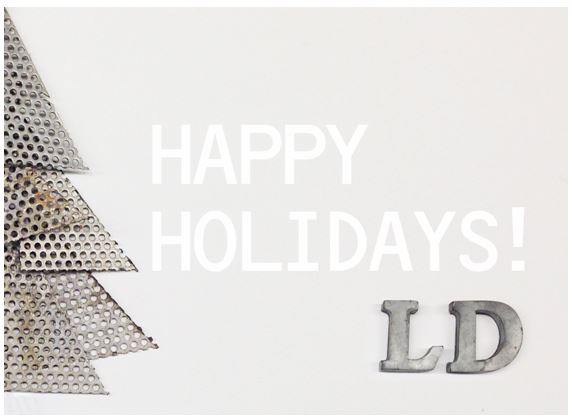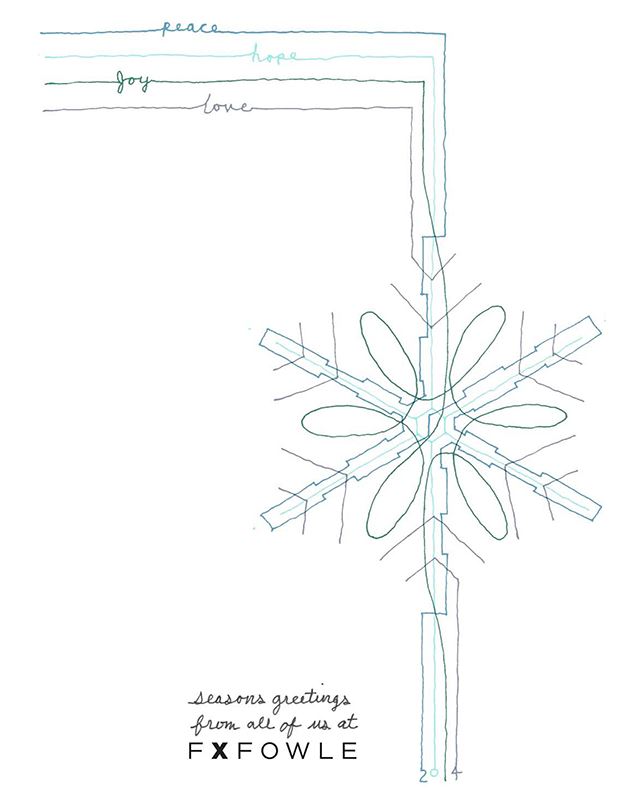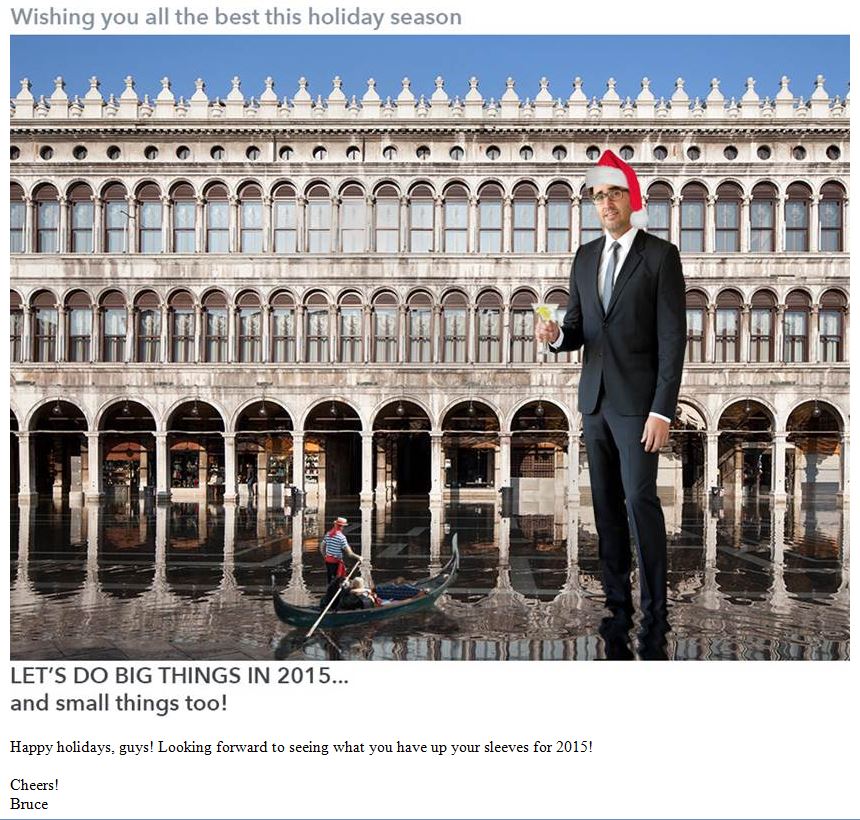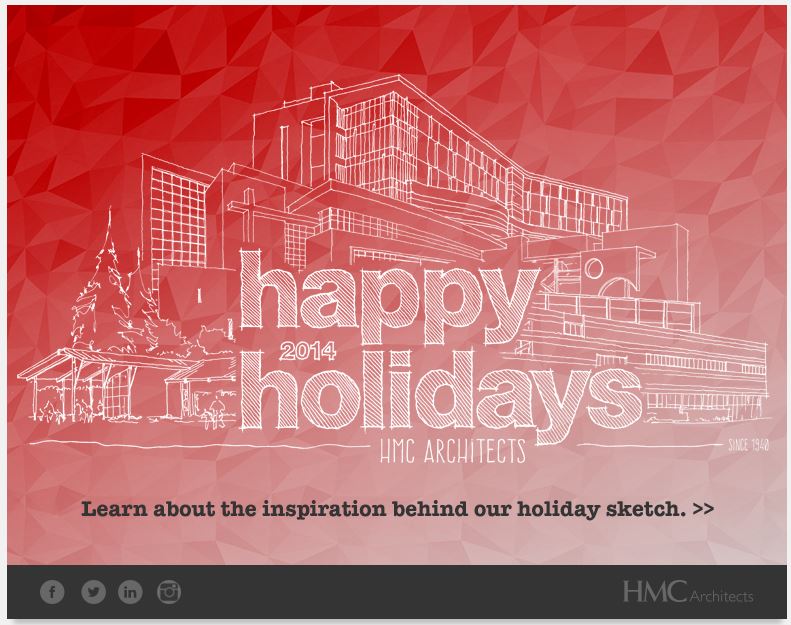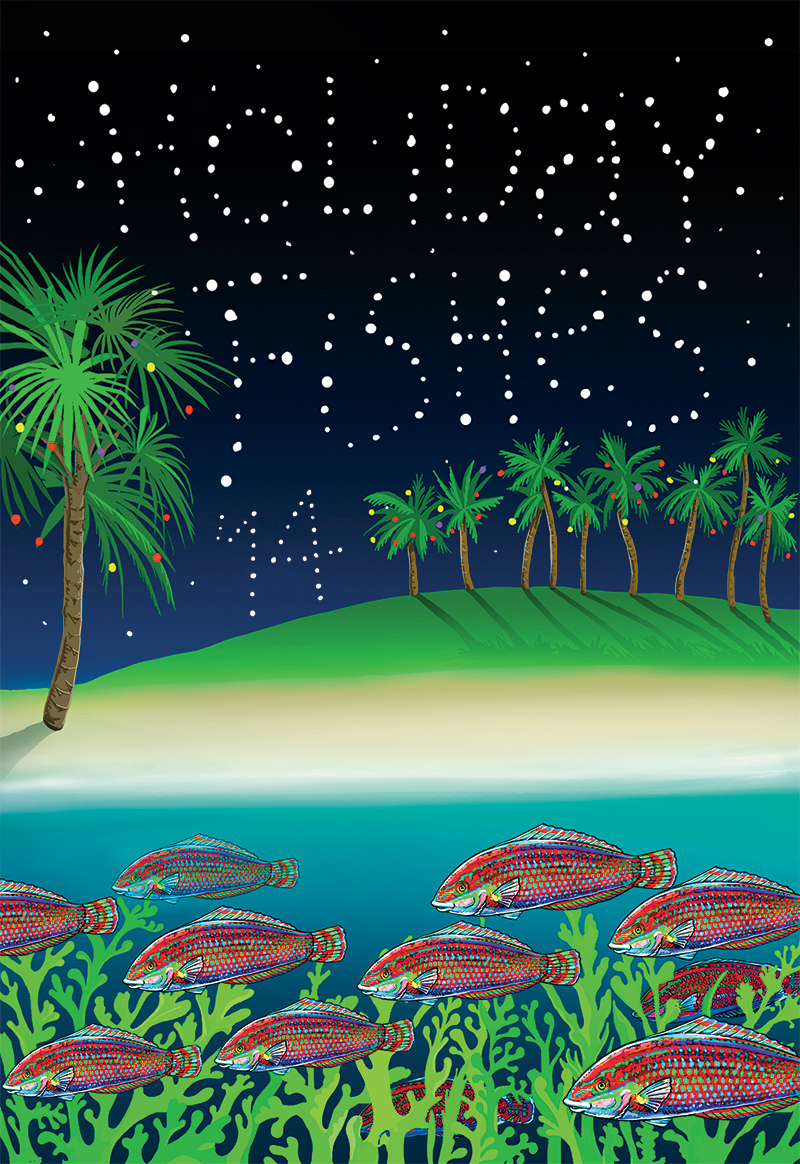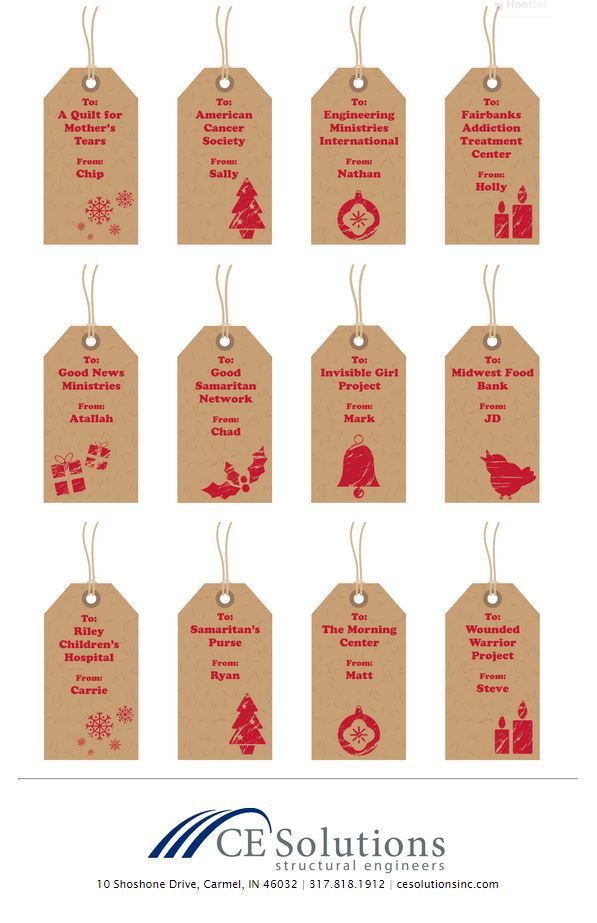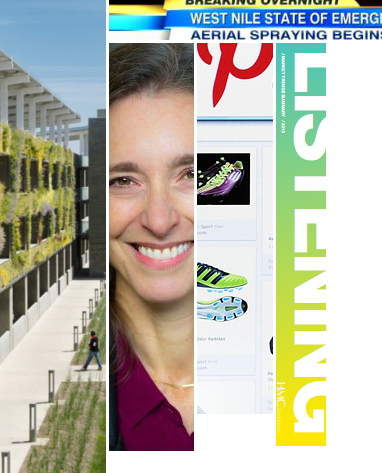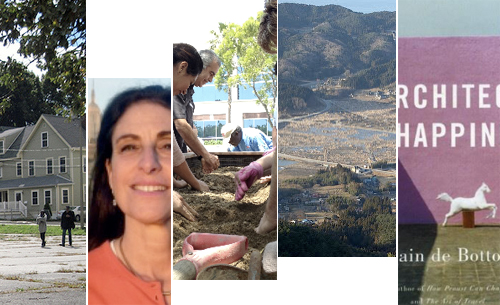Gensler, building for speed. Finding insight outside. School news by HMC. Lake|Flato on reinvigorating a coastline. Video contest for a free conference on biomimicry.
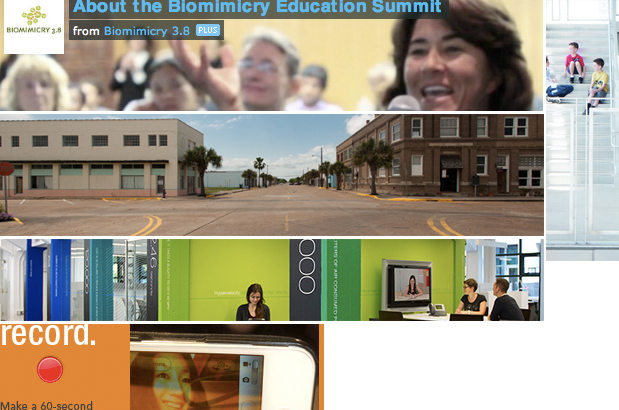
Built for speed. Arlyn Vogelmann, Principal and Director of Gensler Boston’s Consulting and Workplace practices, discusses how the Bugatti Veyron Super Sport, the world’s fastest racing car, is similar to Staples’ new Velocity Lab, an e-commerce innovation center located in the tech hub of Kendall Square in Boston.
The Velocity Lab’s singular purpose is to move at the speed of innovation. With its street-level exposure, bold graphics, and startup feel, the Velocity Lab acts a brand beacon, capturing the energy and excitement of the area while leveraging local amenities to attract top talent. An open work environment at the Velocity Lab is punctuated with collaborative meeting spaces and writeable walls throughout, fostering communication among diverse groups and supporting breakthrough ideas.
Via Gensleron Cities
Finding insights outside. Erin Leitch writes that going outside and spending time in nature triggers a cognitive shift that transitions people from distracted and linear know-it-alls to focused and inquisitive systems thinkers.
Dayna Baumeister, cofounder of Biomimicry 3.8, has been bringing clients out into wild places for the last 15 years as part of the bio-inspired design methodology. Check out some ideas from the biomimicry design methodology for planning a team meeting outside.
Via Metropolis Magazine POV
Related: Biomimicry Education Summit and Global Conference
News on school. HMC Architects has published the latest trends in K–12 education, which includes information on how to provide the best learning environments for your students, market trends and how local GO bonds make a difference.
The School News discusses workshops that were created to help schools and building team members understand one another. A client outreach “Market Survey” was conducted to better comprehend the trends affecting the K–12 market in California. Lastly, school districts need to be aware of the importance for districts to realize that successful campaigns do not just happen on their own.
Via HMC Architects Blog
Reinvigorating our coastline. Corey Leaman of Lake|Flato discusses her visit to the Texas coastal town of Freeport, a hub for the chemical industry that lacks economic diversity and regionally appropriate architecture.
Leaman asks is “architecture irrelevant without an economy to support it, or can it instead be the instigator that helps promote development in a city?” “What part can architecture play in creating a more diverse economy and building regionally appropriate structures that withstand the increasingly dangerous force of nature?”
Via The Dogrun
Video Contest for Biomimicry Summit and Global Conference
Video contest. If you are interested in attending the Biomimicry Summit and Global Conference in Boston on June 21-23, you have a chance to win a free pass to the event. Simply make a 60-second video that answers the question: What challenge would you like to see biomimicry solve?
The Biomimicry Summit and Global Conference will explore how biomimicry will shape innovation and education, and highlight the new science in community resilience, 3D printing and economic development.
Via Biomimicry 3.8

